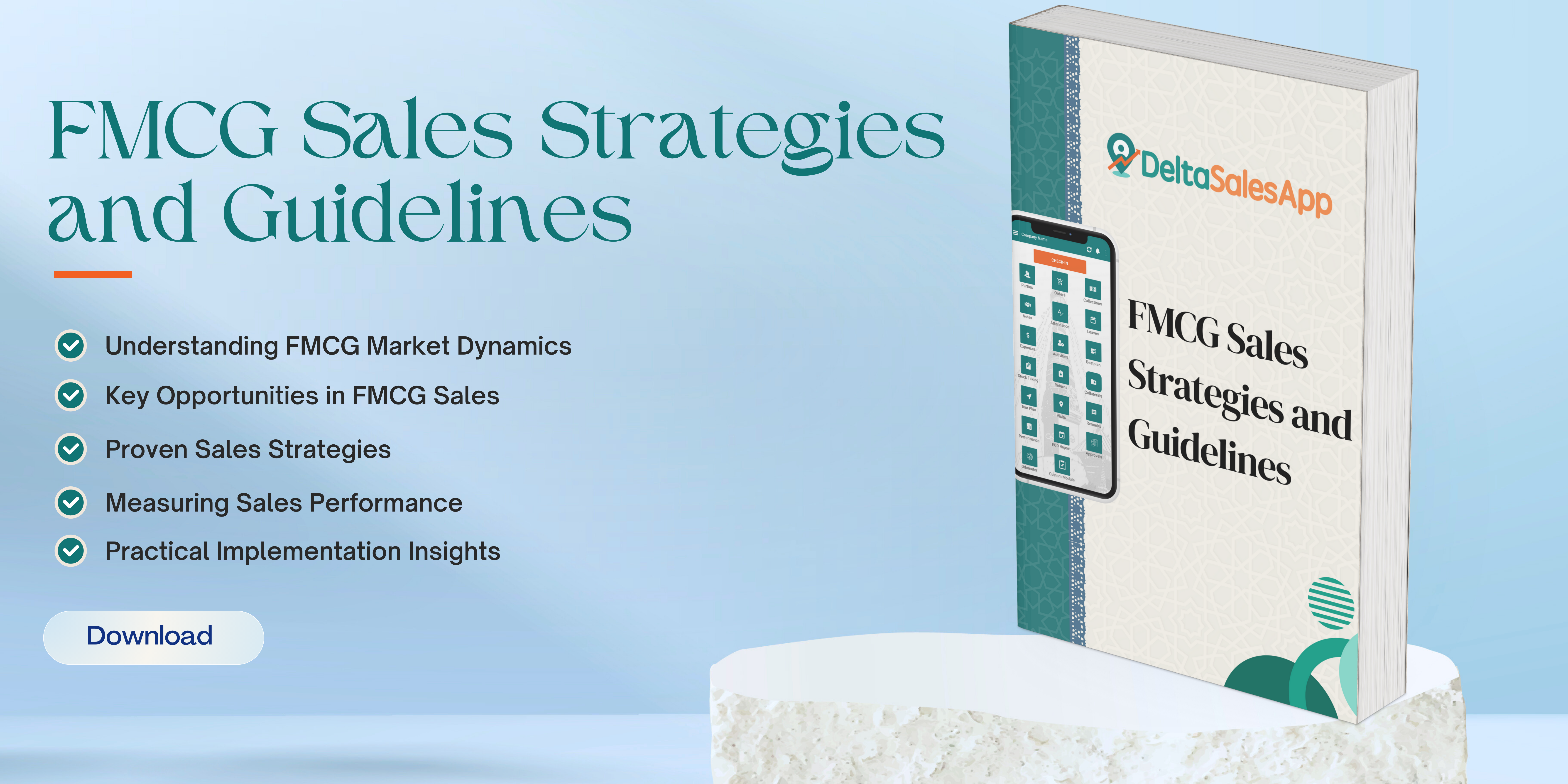Brand Pull
What is Brand Pull ?
In today’s highly competitive marketplace, businesses strive to create a strong and lasting impression on consumers. One of the most effective strategies to achieve this is by building a strong brand pull—a phenomenon where customers are naturally drawn to a brand without aggressive advertising or sales tactics. Brand pull is crucial for long-term success, customer loyalty, and sustainable business growth.
Understanding Brand Pull
Brand pull refers to the ability of a brand to attract customers through its reputation, quality, and emotional connection rather than through direct promotional efforts. It is the opposite of brand push, where companies rely on active marketing strategies like discounts, promotions, and aggressive advertising to gain customers. A strong brand pull ensures that consumers choose a particular brand over competitors based on its perceived value, trust, and alignment with their personal beliefs and needs.
Elements of Strong Brand Pull
Several key factors contribute to a brand's ability to create pull in the market:
1. Brand Identity and Recognition
A distinctive brand identity—comprising a unique logo, color scheme, and messaging—helps create recognition. When consumers can easily identify a brand and associate it with quality and reliability, they are more likely to be drawn to it.
2. Emotional Connection
Consumers are more likely to engage with brands that evoke strong emotions. Companies that successfully tell compelling stories and align their values with those of their target audience can foster a deep emotional connection, leading to stronger brand pull.
3. Consistent Quality and Trust
A brand’s ability to deliver consistent quality and reliability builds trust over time. Brands like Apple and Nike have strong brand pull because consumers trust their products and services.
4. Customer Experience and Satisfaction
A seamless and positive customer experience strengthens brand loyalty. Whether it’s excellent customer service, an intuitive website, or hassle-free returns, providing customers with a positive experience ensures they return and recommend the brand to others.
5. Word-of-Mouth and Social Proof
Positive reviews, testimonials, and word-of-mouth recommendations from satisfied customers significantly enhance brand pull. People tend to trust other consumers' opinions more than direct advertising, making social proof an essential factor in attracting new customers.
6. Corporate Social Responsibility (CSR)
Brands that align with social causes and ethical practices appeal to consumers who value sustainability and corporate responsibility. Companies that support environmental protection, fair labor practices, or community engagement often enjoy stronger brand pull.
Strategies to Strengthen Brand Pull
Businesses can implement several strategies to enhance brand pull and maintain customer loyalty:
Invest in Branding: A well-defined brand identity, including a unique logo, tagline, and visual aesthetics, helps create a strong market presence.
Leverage Social Media: Engaging with consumers on social platforms fosters interaction and builds a community around the brand.
Provide Exceptional Customer Service: A responsive and customer-centric approach increases trust and enhances brand reputation.
Focus on Storytelling: Brands that effectively communicate their mission and values through storytelling create a lasting impact on consumers.
Encourage User-Generated Content: Encouraging customers to share their experiences online through reviews, testimonials, and social media posts strengthens credibility.
Maintain Product and Service Excellence: Consistently delivering high-quality products and services ensures that consumers remain loyal.
Conclusion
Brand pull is a crucial element in establishing a strong market presence and achieving long-term success. By focusing on quality, trust, emotional connection, and customer experience, businesses can create a magnetic pull that attracts consumers organically. Unlike short-term marketing tactics, brand pull ensures sustained growth, customer loyalty, and a strong competitive edge in the ever-evolving marketplace.






